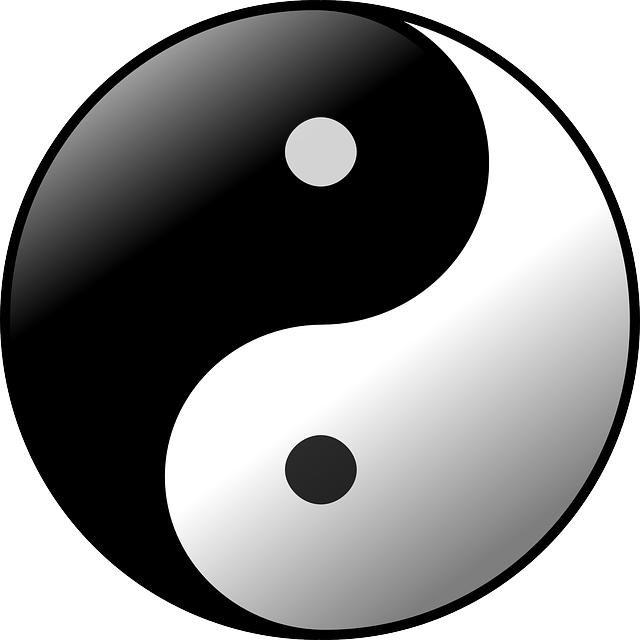I started Tai Chi in 2001 after completing my Internship year of Medical Residency at Jackson Memorial Hospital in Miami. Instead of 80 hours a week, it would now be 60. (I’m sort of kidding. I’ve blocked that memory so I made up the numbers.) Still, I thought I’d have more free time, and I was looking for something new to do. I was walking around in downtown Hollywood, Florida, when I saw the Tai Chi studio. While I had played with Tai Chi in college and medical school, this time I was a serious student. I trained several times a week at the studio and many weekends at a local park. I even became certified by my teacher. When I moved to Naples in 2006, I began to teach Tai Chi out of necessity. I could not find anyone who practiced the same style of Tai Chi. After many years of teaching beginners classes weekly, I stopped this past summer, but I still enjoy practicing and teaching privately.
(As you can see from my other posts to this blog, much of my energy has gone into storytelling. Today, I thought I would begin to explore the story of Tai Chi. Stay tuned for more blog posts.)
Tai Chi has its roots in a martial art. The same skills that made this a powerful martial art also had health benefits. Today, the exercises are often performed more for health than for martial art. In many parks throughout China and throughout the world, you will see groups of people practicing Tai Chi together. They movements are graceful and beautiful and even more breathtaking when a whole group moves as one mind, one body.
As a form of moving meditation, the Tai Chi movements are very relaxing. As an “internal” martial art, the internal alignment of the movements creates the health benefits. With an intense focus on the internal and the external movements, the mind becomes calm. This is another path to stilling the mind, in contrast to silent and stillness meditation. There is a deep mindfulness and presence when Tai Chi is performed correctly. The sequence of movements is called the “form.” There are many styles of Tai Chi, each with a different form. The forms differ widely, but the internal principles are the same. Like many arts in China, Tai Chi was a family art and different families carried on different lineages. Today, I practice the style from the Chen family, but I have also practice with students from Yang, Wu, and Sun styles to name a few.
My Tai Chi teacher once told me that Tai Chi is a laboratory for Taoist philosophy — balance between Yin and Yang (to which entire texts are devoted), finding “The Way.” Tai Chi when practiced correctly is mindfulness. Just moving slowly is not tai chi. Just moving lightly is not tai chi. The art is about correct alignment, releasing the tension and opening the body. In the practice of Tai Chi, you will experience the paradox that internal power comes from relaxation. Many Tai Chi students will also practice “sticky hands” (also known as “push hands”) as a two person exercise to practice the Tai Chi principles. From these two-person exercises, the paradox of how this can become a martial art becomes clear. If I haven’t confused you yet, then here is a very advanced teacher to explain more.
Yin/Yang and Mindfulness – sifu Adam Mizner
